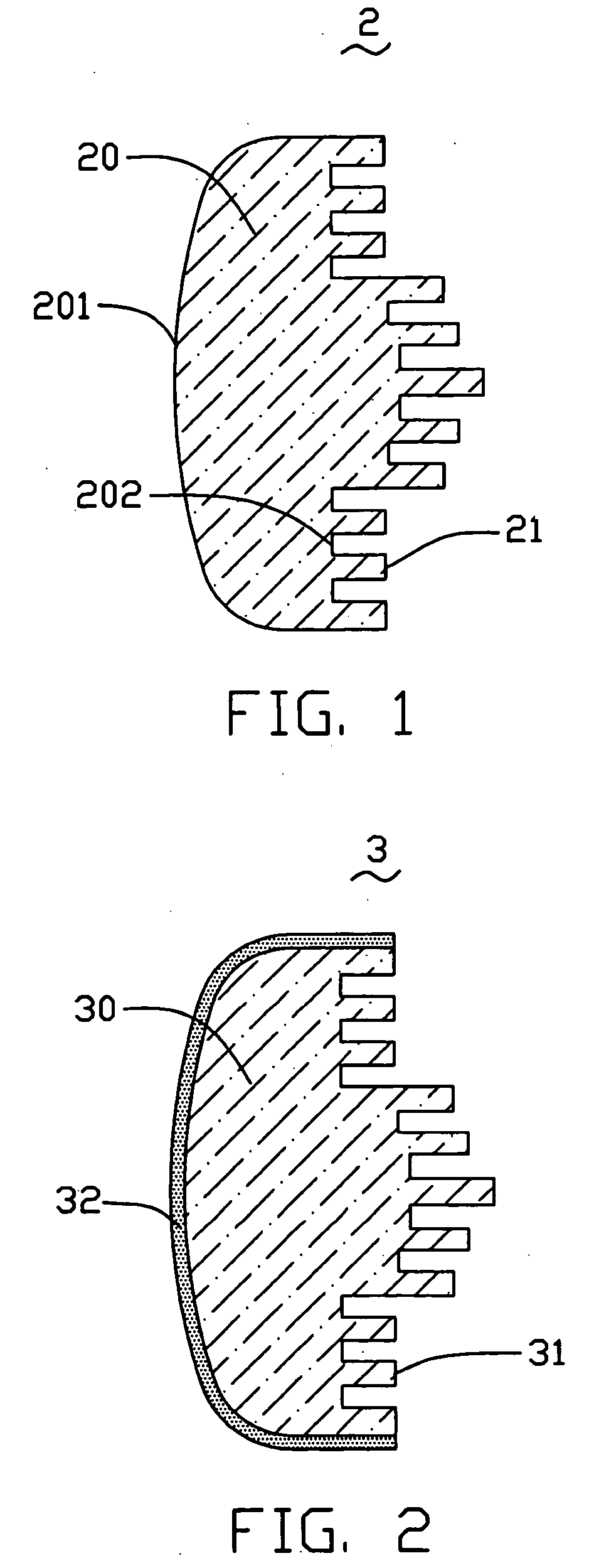Camera lens
a technology for camera lenses and lens barrels, applied in the field of camera lenses, can solve the problems of increasing material costs, increasing the cost of assembling and mounting the lens elements into the barrel affecting the quality so as to reduce the volume of the camera lens, eliminate the effect of spherical aberration and easy mass production
- Summary
- Abstract
- Description
- Claims
- Application Information
AI Technical Summary
Benefits of technology
Problems solved by technology
Method used
Image
Examples
Embodiment Construction
[0014] Referring to FIG. 1, a camera lens 2 of a first preferred embodiment includes an aspheric lens 20 and at least one phase grating 21. The aspheric lens 20 is made of plastic material such as PMMA (polymethyl methacrylate) or PC (polycarbonate), and includes a first optical surface 201 and a second optical surface 202. At least one of the first optical surface 201 and the second optical surface 202 is an aspheric surface. The phase grating 21 is a binary phase grating formed at one of the first optical surface 201 and the second optical surface 202 of the aspheric lens 20. Preferably, the phase grating 21 is formed at the second optical surface 202.
[0015] The method of manufacturing the camera lens 2 includes the following steps: firstly, designing the shape and the structure of the aspheric lens 20 and the phase grating 21; secondly, designing a mold (not shown) according to the shape and the structure of the aspheric lens 20 and the phase grating 21; and finally, injecting a...
PUM
 Login to View More
Login to View More Abstract
Description
Claims
Application Information
 Login to View More
Login to View More - R&D
- Intellectual Property
- Life Sciences
- Materials
- Tech Scout
- Unparalleled Data Quality
- Higher Quality Content
- 60% Fewer Hallucinations
Browse by: Latest US Patents, China's latest patents, Technical Efficacy Thesaurus, Application Domain, Technology Topic, Popular Technical Reports.
© 2025 PatSnap. All rights reserved.Legal|Privacy policy|Modern Slavery Act Transparency Statement|Sitemap|About US| Contact US: help@patsnap.com


